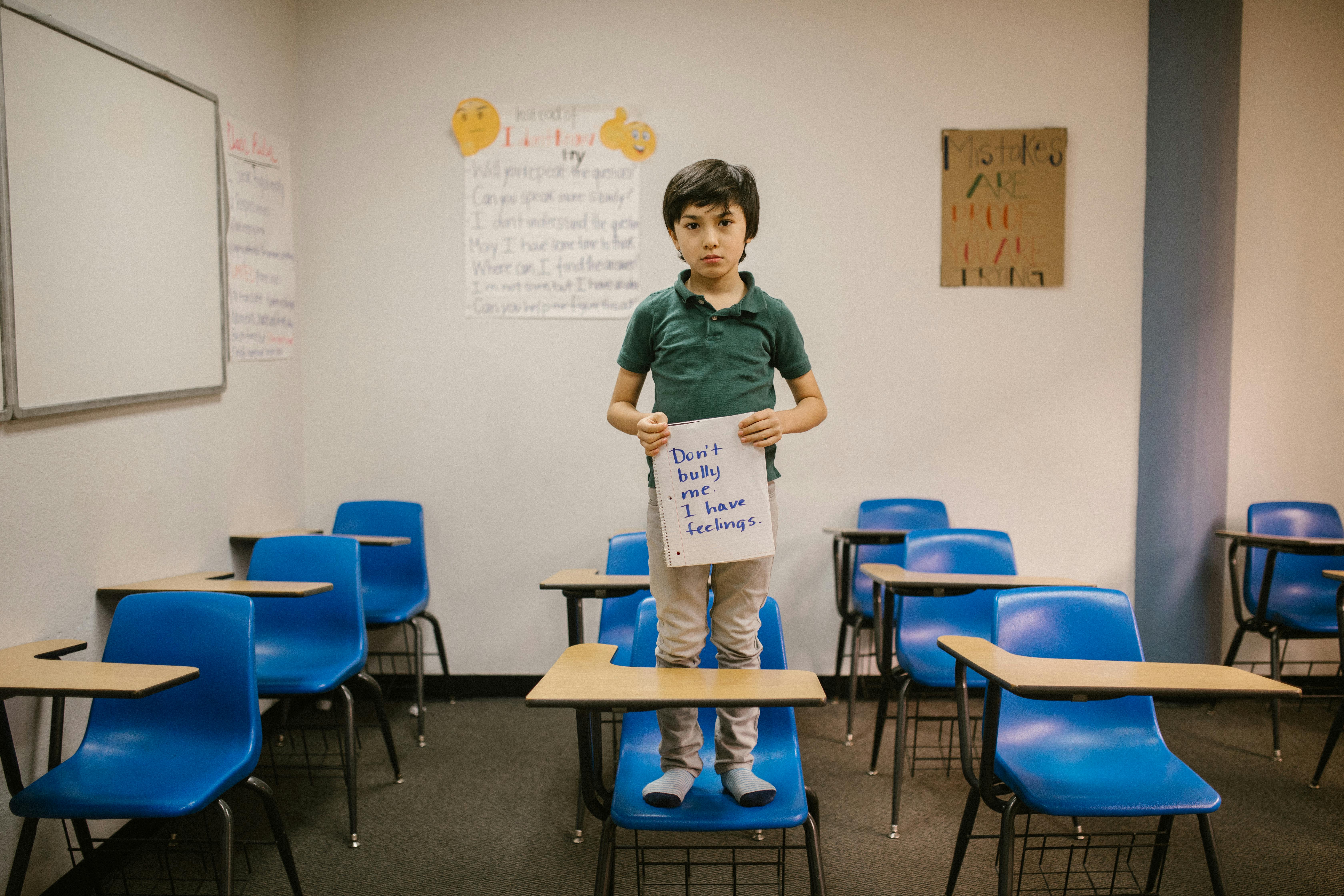
Village Effect: How to Shape Your Child’s Development; If you were raised by Nigerian parents, chances are you have heard the common saying “It takes a village to raise a child.”
In Urhobo culture, this proverb is often expressed as “one person gives birth to a child, but it takes a whole community to raise them.
This African proverb highlights the importance of community in child development, emphasizing that raising a child is not a solo endeavour, but rather a collective responsibility.
This concept is often referred to as the “village effect,” where a supportive community of family, friends, and neighbours come together to provide a nurturing environment for a child to grow and thrive.
In this article, we’ll explore the concept of the “village effect” and how parents can intentionally create a supportive community to shape their child’s development.
We’ll discuss the importance of identifying your child’s needs, selecting the right people to surround them with, and creating a nurturing environment that promotes growth and development.
By the end of this article, you’ll have a better understanding of how to harness the power of the “village effect” to give your child the best possible start in life.
What is the Village Effect?
In today’s world, the concept of a supportive community, often referred to as the “village effect”, is more crucial than ever. In our rural villages, the family unit was once larger, comprising both nuclear and extended family members.
They lived together in the same compound, sharing meals and gathering outside their huts under the moonlight to share stories.
In contrast, modern urbanization has led to a shift towards more defined nuclear families, often living far away from their extended families in pursuit of better opportunities.
As a result, many children are missing out on the benefits of a close-knit community, including social support, emotional guidance, and a sense of belonging.
However, research has shown that children who grow up in a supportive community tend to have better social skills, emotional intelligence, and academic performance.
As a parent, you have the power to create the “village effect” for your child, surrounding them with positive influences and providing a nurturing environment that fosters growth and development.
The question probably on your mind now is ‘how’: how do I create the village effect for my child? That’s what we’ll discuss next.
The Role of Parents in Creating the Village Effect
Your child’s environment has a profound impact on the kind of individual they become.
As a parent, you are the primary architect of your child’s environment, and the choices you make can either foster or hinder the development of a supportive community.
No matter the amount of effort you put into raising a child when channelled in the wrong environment, such efforts will most likely be futile.
Imagine trying to grow bean seedlings in the southern part of Nigeria, where the climate is often humid with large amounts of rainfall.
No matter how much effort you put into nurturing the seed, it will struggle to thrive in an environment that is not conducive to its growth.
Similarly, your child’s environment plays a critical role in their development.
It’s essential to understand the various systems that make up your child’s environment, including:
- Family identity and value system
- Education system
- Social system
- Spiritual system
To create the ideal environment for your child, you need to intentionally design and cultivate these systems to support their growth and development.
This requires a thoughtful and deliberate approach to creating an environment that is conducive to your child’s well-being and success.
So, how can you create the ideal plan for these environments to support your child? Here are some key considerations:
1. Identify Your Family Values and Set Systems in Place
What are your family values? What are your beliefs and traditions that shape your family’s culture and norms?
It is essential to identify your values and priorities and ensure they are reflected in the systems you establish in your home.
Your family’s values are centred around your beliefs and how you choose to behave in diverse situations.
For instance, ask yourselves these questions: how do we relate with outsiders, address each other, spend leisure time, and handle tasks?
What kind of music do we entertain ourselves with? What kind of places do we visit?
What kind of food do we eat for our health’s sake? What kind of people do we make friends with?
Let’s take the Adams family as an example. They value studying, respect, self-care, creativity, and spirituality.
To align their values with systems in place, they can set up structures that support these values. For instance, they can:
- Create a physical library in the home to foster a reading habit and schedule regular reading time for the whole family. Daddy and mummy are to be seen reading too.
- Provide opportunities for creative expressions at home or outside, such as games, TV programs, and scheduled activities like family karaoke nights or art exhibitions.
- Prioritize self-care by establishing routines such as meditation or exercises that promote physical and emotional well-being.
With systems like this, the Adams family ensures that their values are not just abstract concepts, but tangible practices that shape their daily lives.
This consistency helps their children develop a strong sense of identity and direction, without receiving mixed messages.
When your values and priorities are aligned with the systems in place, you can focus on supporting your child’s development, rather than working against conflicting values or priorities.
This alignment enables you to create a cohesive and supportive environment that helps your child thrive.
2. Determine The Structure of Your Family Educational System
To create a supportive educational environment, establish a process for evaluating and selecting educational resources, such as books, online content, and other materials, to ensure they align with your family’s values and goals.
Consider the types of books and media that are conducive to learning and personal growth.
When choosing a school for your children, consider factors such as the quality of the school environment, the teachers’ qualifications and teaching styles, and the curriculum’s alignment with your family’s values and goals.
This will help ensure that your children receive a well-rounded education that prepares them for success.
Identify mentors who can provide guidance and support for your children, and pay attention to the quality of their relationships to ensure they are positive and constructive.
This will help your children develop important life skills, such as critical thinking, problem-solving, and communication.
3. Build a Healthy Social Environment
As a social being, your child will naturally want to interact with others beyond the nuclear family.
Rather than isolating them from the world, you can create opportunities for them to develop relationships with others who share your family’s values.
Friends, peers, and community play a significant role in shaping your child’s social skills, relationships, and overall worldview.
Take an interest in your child’s friendships and get to know their friends better.
Connecting with other parents through online communities, social groups, or local organizations can also be beneficial.
You can learn from their experiences, share your own, and build a supportive network that can benefit your child.
By doing so, you can help your child develop healthy relationships and a strong sense of social responsibility.
4. Cultivate the Ideal Spiritual System
As spiritual beings, humans have a natural inclination towards spirituality and a sense of purpose.
While spirituality is not necessarily synonymous with religion, religious practices can play a significant role in fulfilling this need.
Research has consistently shown that individuals with a strong spiritual foundation are less likely to engage in self-destructive behaviours such as drug abuse and suicide.
A child’s spiritual or religious beliefs and practices have a profound impact on their worldview and values.
To foster a strong spiritual foundation in your child, consider the following strategies:
- Practice meditation and guided visualization with your child to help them develop a sense of inner peace and calm.
- Listen to spiritual messages together and engage in open discussions about what you’ve learned.
- Teach your child effective stress management techniques like taking a walk to get some calm and connect with nature.
If you’re a devoted Christian, you likely desire to raise children who walk with God and demonstrate a life of faith.
To achieve this, be intentional about your place of worship outside the home. Consider the following:
- Choose a church environment that is conducive to your child’s spiritual growth.
- Pay attention to who and what the leaders exemplify, and the friends they make there.
- Be aware of what your child is learning in the children’s department and who their teachers or role models are.
- Engage in discussions with your child about what they’ve learned in church, and model the behaviours and values you want them to adopt.
- Continuously seek knowledge and wisdom to be better equipped to answer your child’s questions and provide guidance as they grow.
Additional Tip
- Assess the strengths and weaknesses of each system.
- Make intentional decisions about how to optimize your structure for your child’s benefit. Every child is a unique individual with their own strengths, weaknesses, personality, and needs.
- Regularly assess your family value system to ensure it aligns with your child’s needs and promotes their growth. Ask yourself:
What are our family’s core values, and do they support our child’s development?
Are there any values that may be hindering our child’s growth, and how can we adjust them?
Make intentional decisions to optimize your family values for your child’s needs.
This may involve adjusting your parenting style, setting clear boundaries, encouraging open communication, and modelling the behaviours and values you want your child to adopt.
Reassessment of family values is an ongoing reflection and adjustment process.
Your child’s needs change as they mature and progress through different developmental stages.
By doing so, you can create a supportive environment that fosters your child’s growth and development.
Conclusion (Village Effect: How to Shape Your Child’s Development)
Indeed, it takes a village to raise a child! But who are those villagers? Who is influencing your child? Are they qualified?
In this post, we’ve explored how to adapt the age-old wisdom of communal child-rearing to our contemporary urban landscapes.
We’ve recognized that while the traditional village arrangement may be largely unavailable, its essence remains crucial for our children’s development.
We’ve discussed strategies for intentionally crafting a positive “village effect” in your child’s life, including:
1. Designing a strong family identity and value system
2. Structuring a family-centered educational approach
3. Building a healthy social network aligned with your values
4. Cultivating a supportive spiritual environment
5. Regularly reviewing and adapting these elements as your child grows
By implementing these approaches, you can create a structured, positive environment that provides the benefits of community influence while maintaining control over the values and experiences that shape your child.
Your Next Steps (Village Effect: How to Shape Your Child’s Development)
Begin by assessing your current situation. Identify areas where you can introduce more positive influences and structure into your child’s life.
Start small – perhaps by reaching out to like-minded families or researching community programs that align with your values.
Remember, creating this modern “village” is an ongoing process. It requires intention, effort, and adaptability.
But by taking these steps, you’re providing your child with a rich, supportive environment that combines the best of traditional community support with the advantages of modern, intentional parenting.
Your child’s future starts with the environment you create today.
By reimagining the village for our urban world, you’re setting the stage for your child’s success and well-being in all aspects of life.
Don’t forget to share this post with someone that might need it.




Add comment